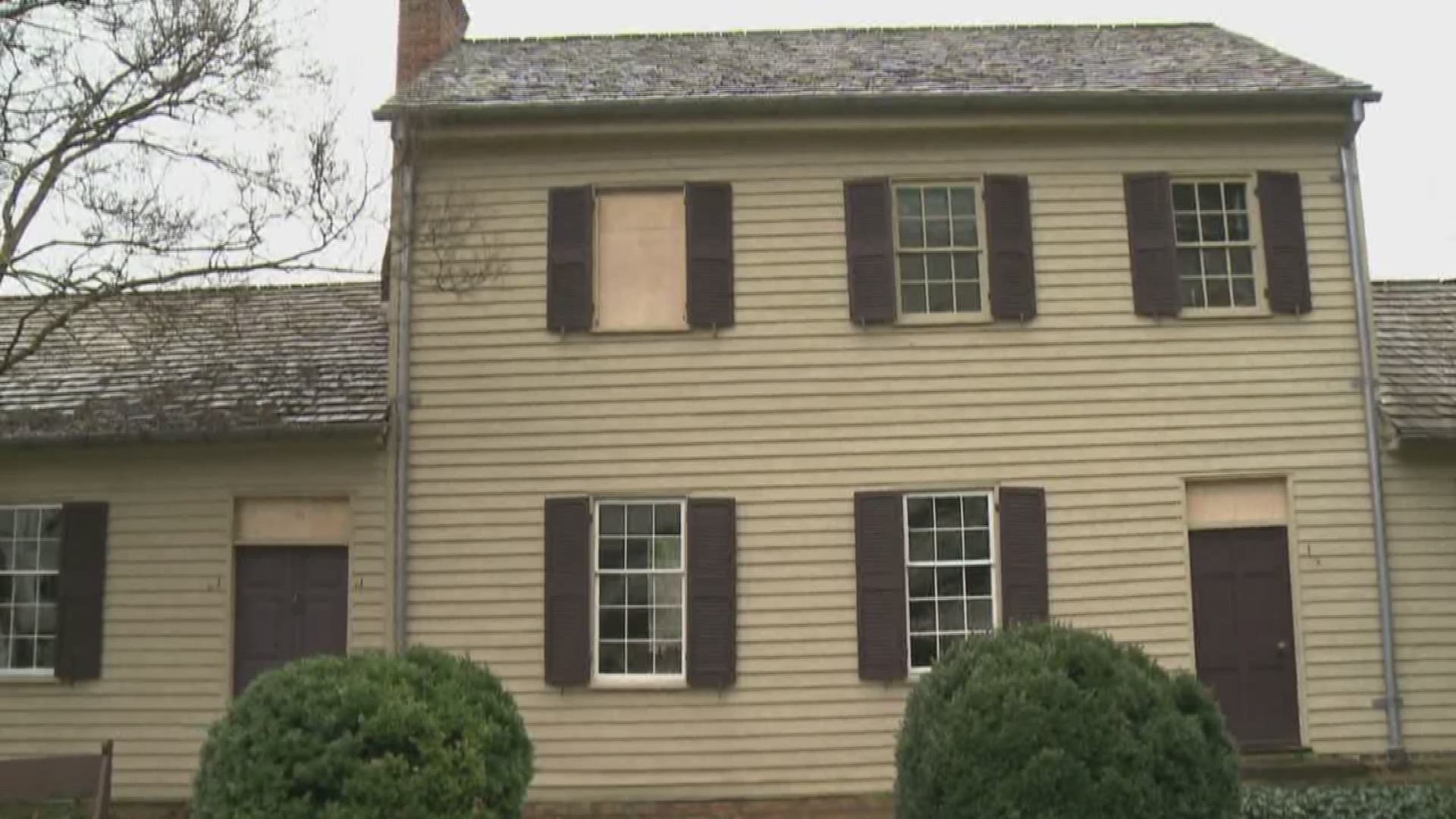KNOXVILLE, Tenn. — Known as the "House of Many Eyes," Blount Mansion bore witness to the birth and growth of Tennessee. The historic home of William Blount and his family later housed Tennessee governors and prominent families.
But at the center of its history, it's a house built by people who were slaves.
"They lived elbow to elbow," said David Hearnes, Executive Director of Blount Mansion. “Total, Blount had 29 slaves.”
Inside this 'proper wooden house’ lived enslaved men, women, and children. At least ten slaves served the 'frontier family' of William Blount.
“I would say the Blount slaves were among some of the first African-Americans to settle here in Knoxville," said Hearnes.
24 hours a day, seven days each week, people who were slaves directly served the family of William Blount while forming a tight-knit community of their own.
"There are differences in status and jobs and relationships with people," researcher Lisa Oakley said. "I like to mention that there were two families that lived here on this property."
We do not know their faces, but we know their names. Research in county records lists one family as a woman named Sal, her partner Cupid, and their two daughters Nan and Isabella. Sal, the cook, and her family likely lived their days inside the kitchen.
"It's kind of their headquarters, if you will,” Oakley said. "Mrs. Blount would have said this is what I need done and she would have found a way to do it."
But an enslaved mother and son took care of the Blount's personal needs. The second family was a woman named Hagar, and her son, Jack.
"Those two people were the right and left hands,” Oakley said.
"Hagar and Jack would have lived in the house with the Blount's. They probably just slept outside their doors,” said Hearnes.
The other four mostly slept outside where the old slave cabin used to be.
"There was a slave cabin here on the property, where the gardens are now. It would have been even more sparsely furnished than the kitchen would have been," Hearnes said.
But unlike the demolished home, stories of these slaves still fill these walls.
"It’s just a part of our core mission to help people understand the time period, to understand the family, and to understand the people who lived and worked in that house,” said Hearnes.

